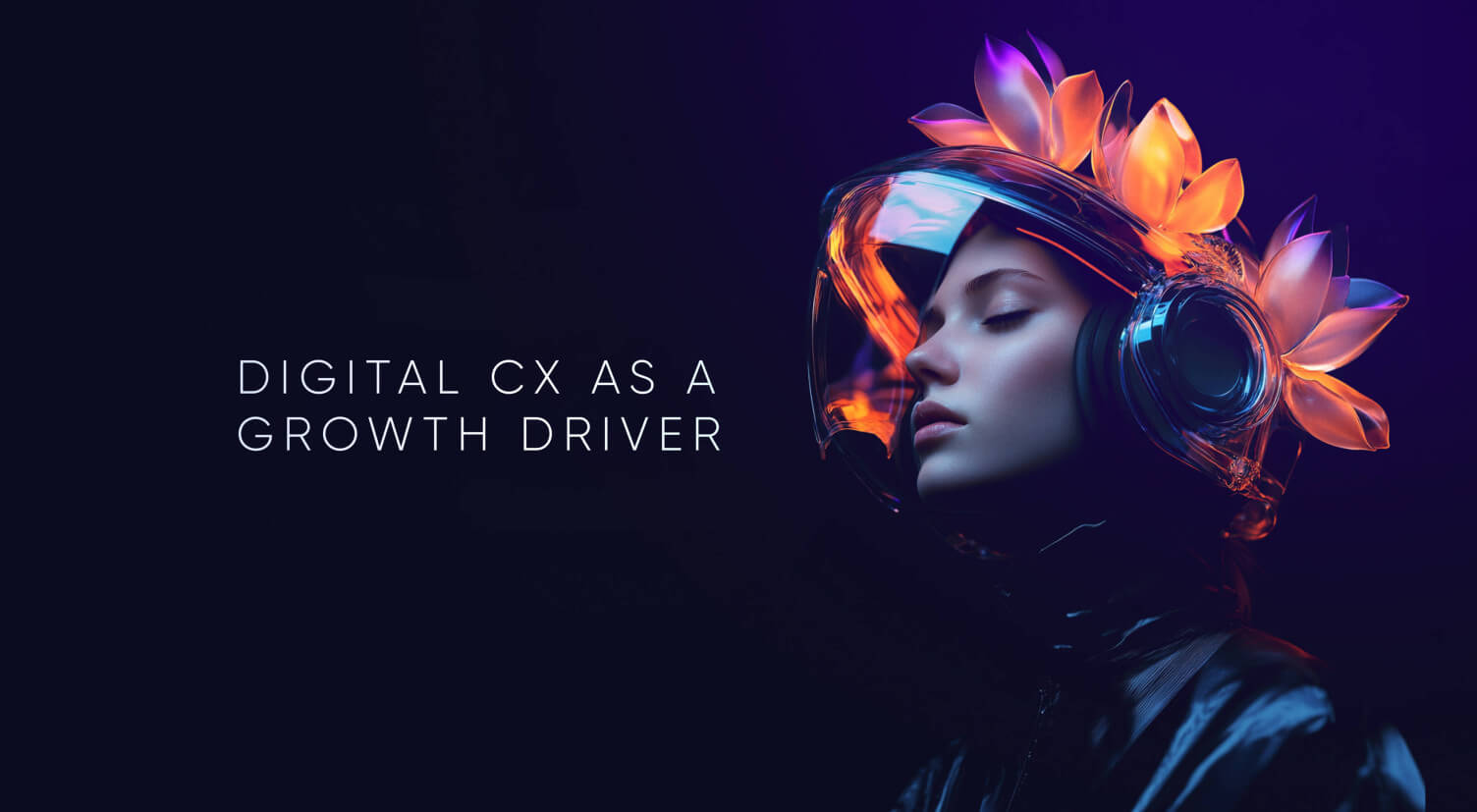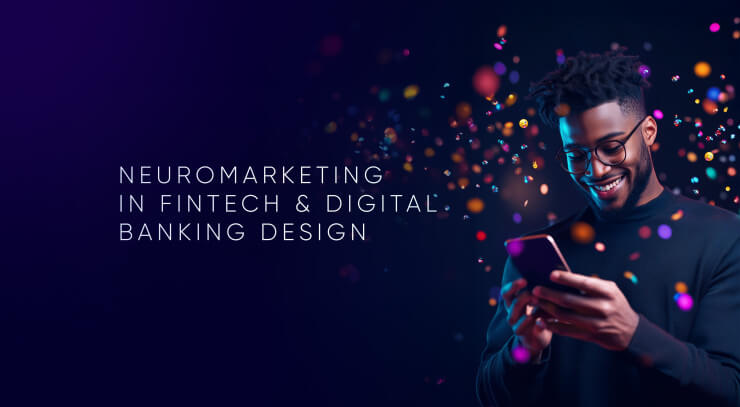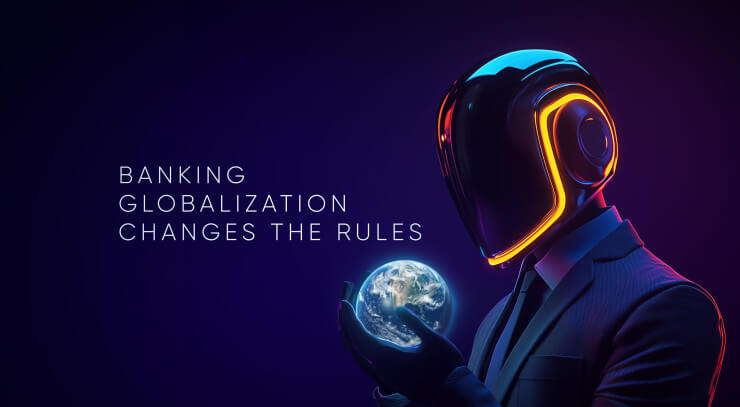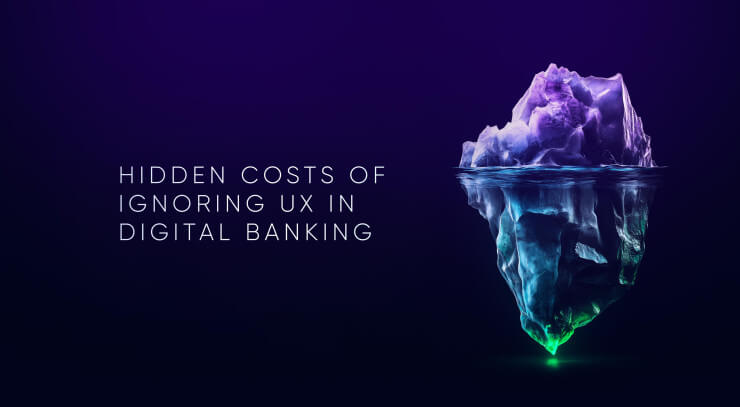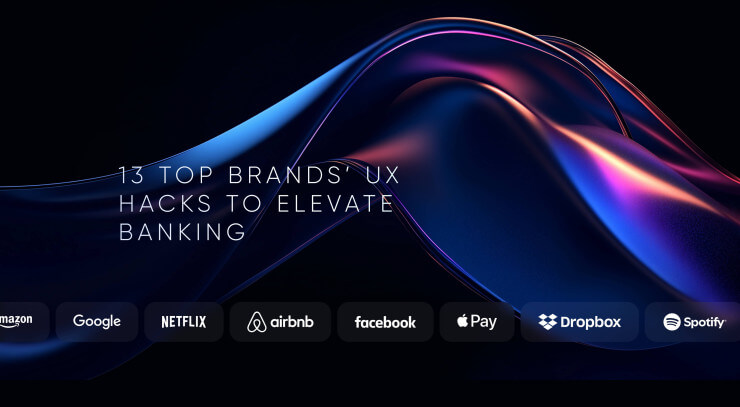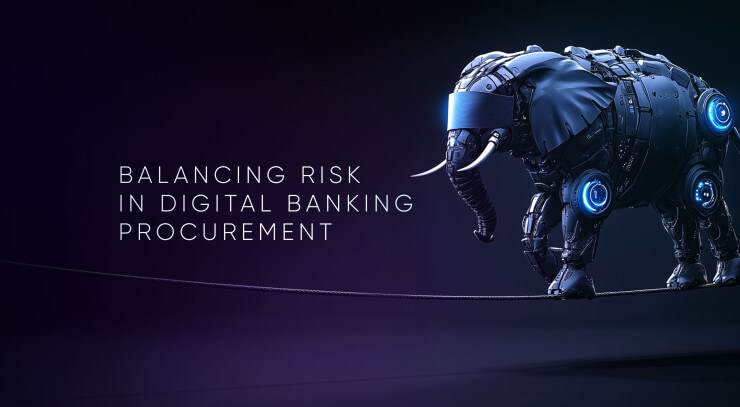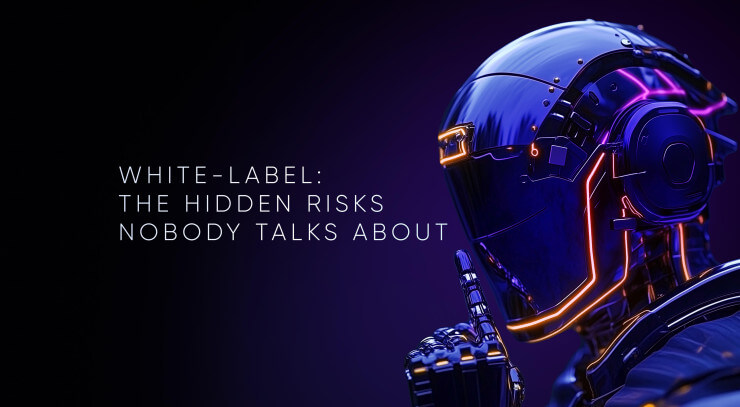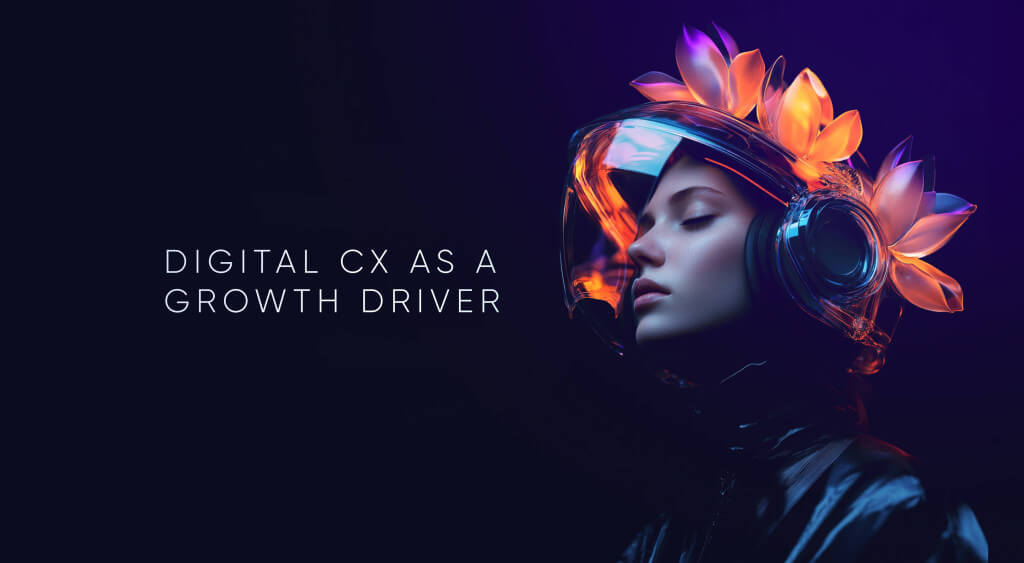
As traditional growth levers in financial services converge, Digital Customer Experience (DCX) is emerging as a critical competitive advantage. Digital Customer Experience is now a key growth driver in financial services. This article explores ten ways DCX impacts trust, loyalty, and long-term success.
Culture of Innovation in Banking: Eliminate 10 Toxic Behaviors in Digital Product Teams
In digital finance, many banks face a hidden barrier: dysfunctional team dynamics. Common fixes miss the root cause—toxic behaviors that block innovation and user-centered design. Discover what these toxic behaviors are and how to fix them in UXDA’s latest article.
Applying Neuromarketing to Digital Banking Apps and Fintech Design
Despite a decade of digital innovation, financial services often remain cold and overwhelming. At UXDA, we use neuroscience and neuromarketing to transform emotion into engagement. Discover how neuromarketing transforms digital banking by addressing emotional barriers, building trust, and creating empowering user experiences.
The Rise of Global Digital Banking is Changing the Rules
In this article, we explore how Fintech-driven banking globalization mirrors the media industry’s transformation, what obstacles and opportunities arise when financial services become borderless and how artificial intelligence (AI) is poised to change the game even further.
The Hidden Cost of Inaction in UX and Digital Banking Branding
For decades, stability was banking’s greatest strength. But in today’s digital-first world, playing it safe with outdated legacy systems and generic white-label solutions isn’t just holding banks back—it’s driving customers away.
13 Best UX Hacks From Top Tech Brands to Empower Your Financial Service
Imagine the ease of one-click Amazon buys or Netflix’s perfect picks—these UX breakthroughs power billion-dollar brands. Discover 13 lessons from tech giants and how to apply them in finance.
Dark Patterns in Digital Banking Compromise Financial Brands
Could a banking app exploit user behavior to boost profits? As apps become the main financial gateway, the line between empowerment and manipulation is increasingly blurred. Are some financial services using dark patterns to lock users in?
How M&A Impacts the Digital Customer Experience in Banking
Merging banks without a strong digital experience strategy risks losing 55% of customers. M&As aren’t just about growth—they’re a chance to elevate digital UX. With the right strategy, banks can modernize, align, and create seamless experiences.
How Procurement Teams Undermine Digital Banking—And How to Fix It
Effective procurement is crucial for digital banking success. While some teams focus solely on cost, others prioritize strategic expertise and quality, leading to stronger, more impactful products. Explore the key factors that make the difference.
Why White-Label Banking Alone Won’t Earn Your App a 5-Star Rating
White-label platforms help banks launch digital products faster, but they can also limit long-term success. With the right approach, financial institutions can balance speed with a tailored user experience that strengthens their brand and fuels growth.



